Mideo Cruz talks post-‘Poleteismo’ and the concept of visual trauma
By Cristina DC PastorMideo Cruz’s hair was tussled, his face sleepy as he shuffled around a Manhattan apartment in his flip flops while his wife prepared food for a small party of eight they were hosting that night. He slumped on a chair, his posture wrinkling his shirt but not the bold words printed on it: ‘Tangina This,’ once a name now a movement associated with socio-political irreverence and humor.
Two years ago in Manila, Mideo was embroiled in a furious controversy when he unveiled an installation showing the image of Christ and a penis. The collage, called “Poleteismo,” was part of a group exhibition at the Cultural Center of the Philippines (CCP) called “Kulo.” For six weeks, Mideo was in newspaper headlines. Filipinos were either threatening to kill him or offering novenas for him, the CCP was ‘exorcised’ by diehard Catholics and charges of obscenity were filed against the activist-artist. (The charges have been dropped)
“Stressed talaga ako,” said Mideo, 39, when interviewed by The FilAm at a Wall Street-area apartment on loan to his wife, artist Racquel De Loyola, 33, a fellow at the Asian Cultural Council. The couple will be in New York till the middle of the year.
The loft-like apartment is sparse except for some paintings and photographs on the wall, vintage record albums on the floor and a couple of ‘balikbayan’ boxes ready for shipment back to the Philippines. An American flag was draped over the boxes.
“Hanggang ngayon meron sa Facebook minumura ako,” said Mideo holding his red framed glasses as he settled into the deep cushions of a blue sofa, crossed his legs and began to ease up. Now he can smile about it.
Then, his life was thrown into chaos by the sensation caused by his collage.
He recalled, “My phone was running every five minutes…Because we’re commuting, palipat-lipat ako ng bus…Stressed ako, baka may mag-rally sa harap ng bahay because ABS-CBN published our address.”
“Hindi umaandar utak ko. Hindi ako makapag-isip,” continued the mild-mannered, soft-spoken man.
Racquel shared an incident where they were on a bus and she sensed something that made her uncomfortable. She texted Mideo, seated beside her, to get off at the next stop. “Nagtataka ako, ba’t kaya kami bababa dito?” he wondered to himself but obliged.
Paranoia had gripped the couple. Mideo did not want that to affect his family so he urged them to block him on Facebook. “I don’t want my family to get involved,” he said.
Born and raised in Gapan, Nueva Ecija, Mideo came to Manila in college when he became an arts student at UST. His father, a retired Marine, and his mother, a public school teacher, are devout Catholics. He is the youngest of four siblings, also the only artist. His siblings work in government and in business.
As a young boy, he would color newspapers which ticked off his father. To indulge his son’s favorite play time, the elder Cruz gave him a bunch of coloring books. In high school, Mideo took up photography, also encouraged by his parents, until it became quite expensive to pursue. College allowed him to explore other forms of art, other media, but always his messages were of social and political activism. He was one of the founders of Ugat Lahi, a group of artists who created effigies for protest rallies.
He came to New York in March to visit his wife and also to participate in a couple of collaborative exhibition. More importantly, the couple is able to reclaim some peace for themselves where they are not interrupted by screams of profanity and threats while grocery shopping, for example.
Do they plan to stay for good?
They shrugged, neither a yes nor a no, which seemed to indicate several options are being contemplated.
And the controversial collage?
“It’s at home,” said Mideo, whose name appears to translate to ‘my God’ but is actually a fusion of his grandfathers’ names Miguel and Deogracias.
Some pieces have been given away to friends, but the so-called “blasphemous” image remains at home. He said a collector from Vienna had offered to take it off his hands, but the deal did not finalize.
New York would probably make a good home for it, I suggested. Is he willing to sell?
“Puwede siguro,” Mideo replied, adding that New York itself has witnessed episodes of controversial art being chased out of galleries. He cited how a portrait of the Virgin Mary smeared with elephant dung led then Mayor Rudy Giuliani to threaten to close the Brooklyn Museum of Art.
He spoke about the concept of “visual trauma,” where society sees its other self by looking at its flaws. This, he stressed, was what he wanted to convey through “Poleteismo.”
“This is actually the reality, this is what I’m trying to convey. Ito yung lipunan natin, tinuturing kong extension ng art work ko,” he said reflecting on how the two years had been for him. “Sad to say ganito tayo, kulang na kulang sa maturity.”
 Trust our award-winning law firm with your immigration case.
Trust our award-winning law firm with your immigration case.

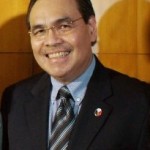
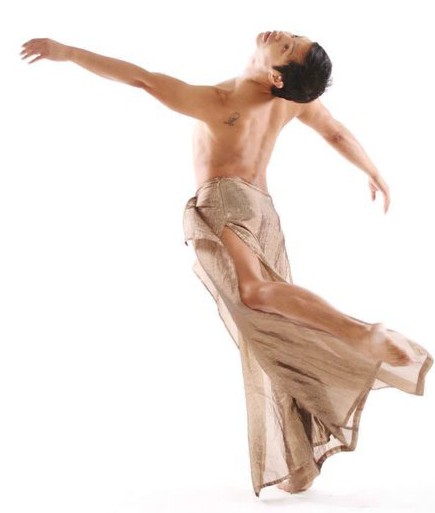
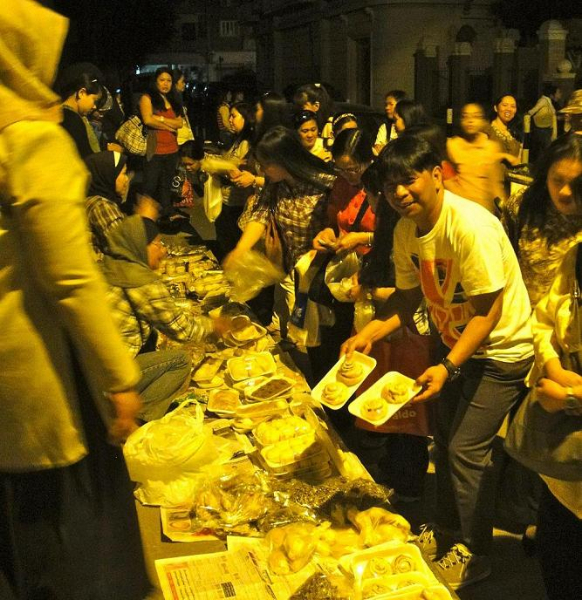
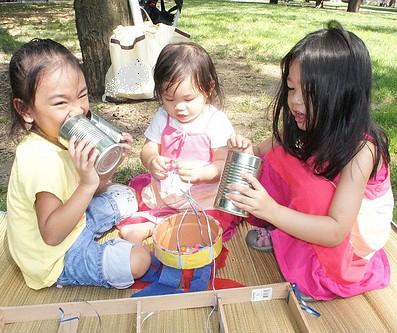

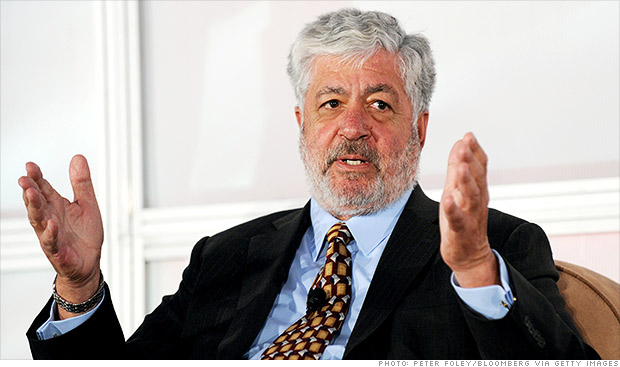
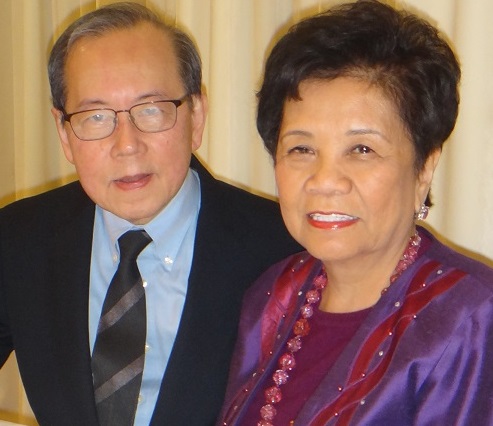
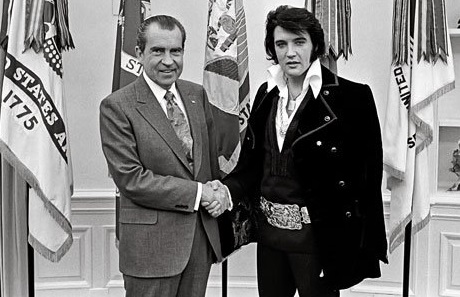
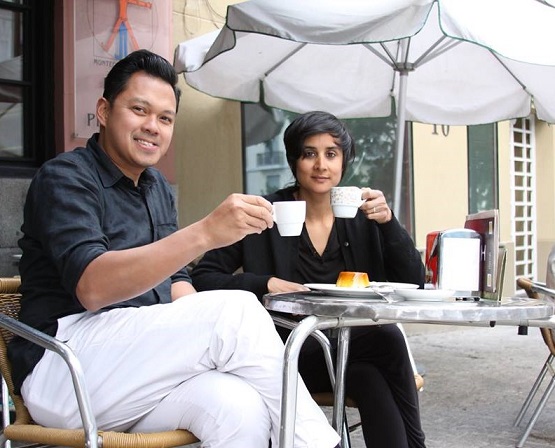
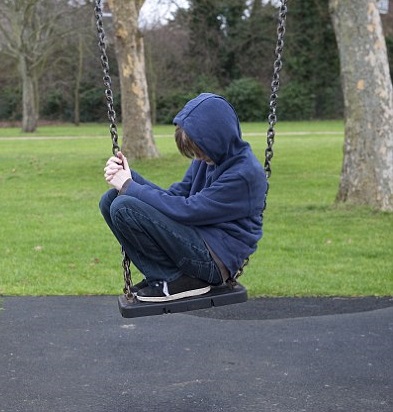
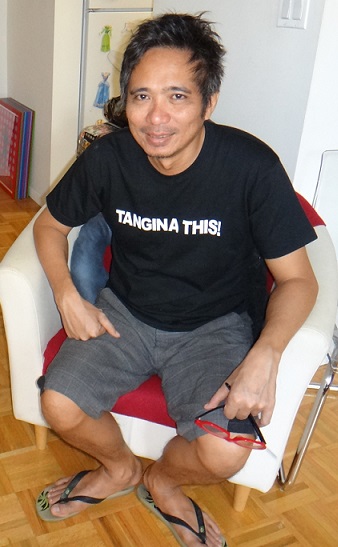
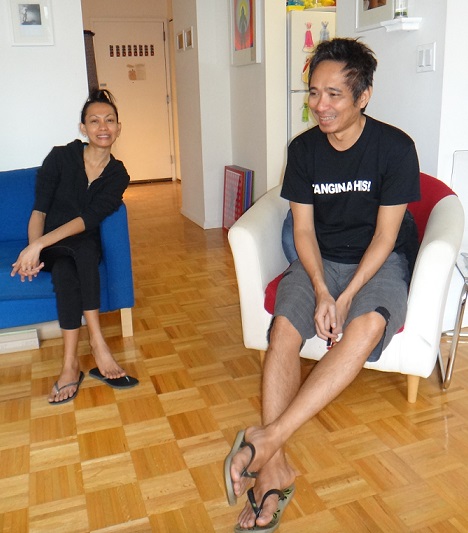

I really like and agree with a lot of Mideo’s thoughts about censorship of the arts.